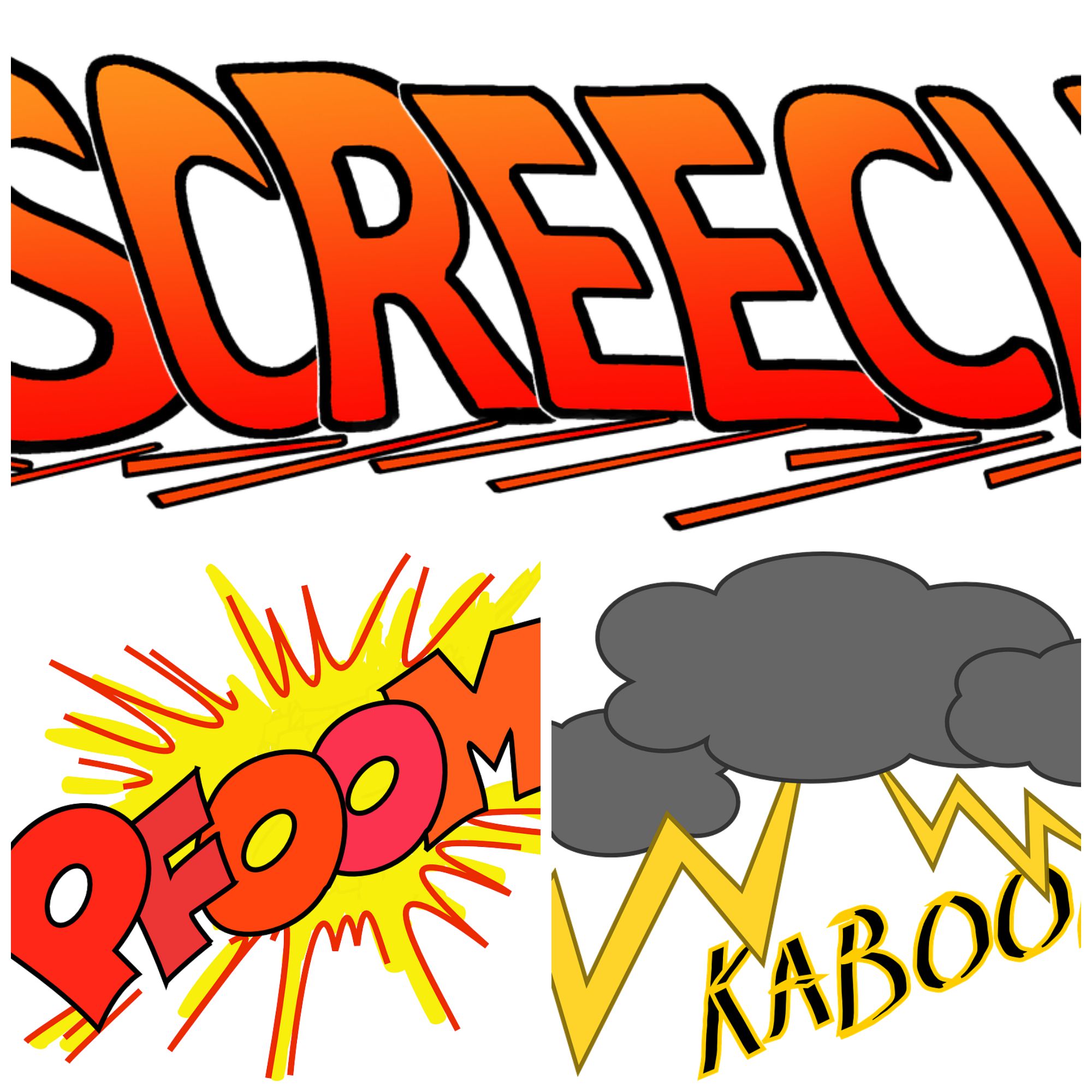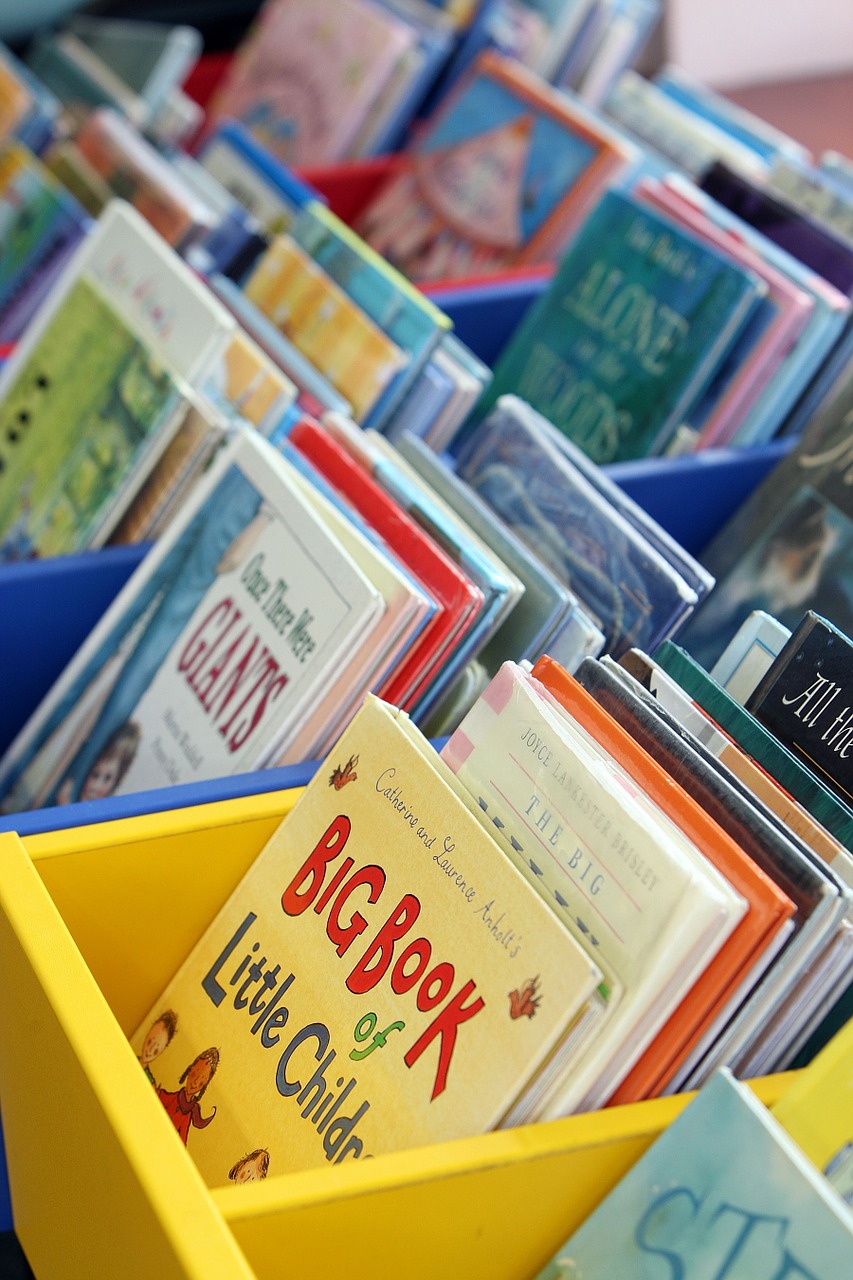What do children’s publishers want? That is the question that all children’s writers long to have answered. What is the magic formula for writing a book that is sure to get published? There is nothing sure in publishing but I’ve scoured the internet and attended numerous conferences in search for that answer. I’ve compiled my findings into three categories of what I call the CUT factors. If our stories don’t include the CUT factors, they are more likely to be “cut” from a publishers list of “possibly publishable” books. This is what I’ve discovered, but keep in mind these are guidelines and not guarantees of contracts.
The CUT Factors:
- The NUT factor. This means our stories must be entertaining and fresh, maybe a little nutty. Picture books should be enjoyable for adults and children because if the parent doesn’t like reading the book, it won’t be read. The stories could be nutty, funny, amusing, mysterious, joyful, playful, deep, other-worldly as in taking the reader away from this reality, or thought provoking and meaningful. Christine Tangvald, an author of a gazillion Christian children’s books, used to teach a Children’s Writers class at a Christian Writers Conference and talked about the Pizzazz factors. These included ways of energizing our writing to create an atmosphere of suspense, action, adventure, awe, wonder, gentleness, exaggeration, triumph, etc. We should aim to create moods like these.
You’ve heard the scripture that there is nothing new under the sun. Then what do we write to create fresh stories? We should write our passions, whatever gets us excited. What lights our fire? What makes our hearts sing? What moves us or what do we find amusing? We should write that and write it from our hearts. It’s our job to find new twists to old themes. To help kids view the world differently or to look at common elements in a new light, then we should add a new twist to that. Shouldn’t we strive to make our stories so enticing that the readers will want to turn the pages, so that they are longing to see what’s next? We should create new worlds for them in the pages of our books. Maybe they’re nutty worlds, maybe they’re not. But they should be entertaining and fresh. That’s what we write. Nothing less.
- The WHAT factor. Our stories must answer the “so what?” question in that it must be educational in some way. The key is educational, not preachy. Children get preached to all day long from parents, teachers, baby sitters, older siblings. They know when they’re being lectured and taught right from wrong. We don’t want to do that outright. But there should be some sort of ‘take home’ message whether they realize it or not. Our job is to get our message across in a fun, unpreachy, and almost un-educational way. Why should a publisher spend upwards of $100,000 publishing your picture book? Novels cost less, but still a substantial amount. What is the point? Is it a deeper understanding of a Biblical truth? A moral action? A lesson in how to treat others? Maybe your story is so fun and entertaining it simply shows children that books and reading are fun. We just don’t want parents and children finishing our books saying, “So what?” We want to leave them with an emotion, a new thought, a powerful message. Somehow make them wiser, smarter, safer, calmer, more aware. Let’s leave the readers somehow better people because they’ve read our books.
- The GUT factor. Gary Richardson, an amazing man and previous (late) editor at a Christian Publishing house taught a Children’s Book Writing class at a conference I attended years ago. He said that at their publishing house they always looked for the GUT factor in manuscripts. So this is a real thing. He said they looked for stories that brought tears to their eyes, that made them laugh, made them squirm or jump, that somehow touched their hearts or elicited gut reactions. Those are the stories they would pursue. There must be an ‘aha’ moment somewhere. Maybe it’s an unusual ending or a funny, unanticipated twist in the drama. We should write the unexpected. We want to leave the reader changed somehow, maybe refreshed. Maybe elicit emotions they hadn’t felt in a while, maybe leave them laughing hysterically, or left more aware. We want the reader longing to read it again and more than excited to share our books with friends so that they too, may be changed for the better.
That, my friends, is why we write. That is a sampling of what publishers want. If you are an editor or publisher and desire different criteria, please let us know below. Thanks!





 We love helping your growing in your writing career.
We love helping your growing in your writing career.

Good post, Jill. I remember reading the Junie B. Jones books with my daughter. I found myself wanting to read the next book as much as she did. That’s what I try to do with my middle grade fiction now. Make it entertaining for adults (beginning with me) as well as the kids. I hope to write chapter books as well. I hope that a father and daughter will laugh at my stories some day.
Thanks for the post!
This is great, Jill. I’m keeping Nut, What, & Gut posted on my laptop. I’m excited to check each of my stories against these three points. Thanks for sharing this!